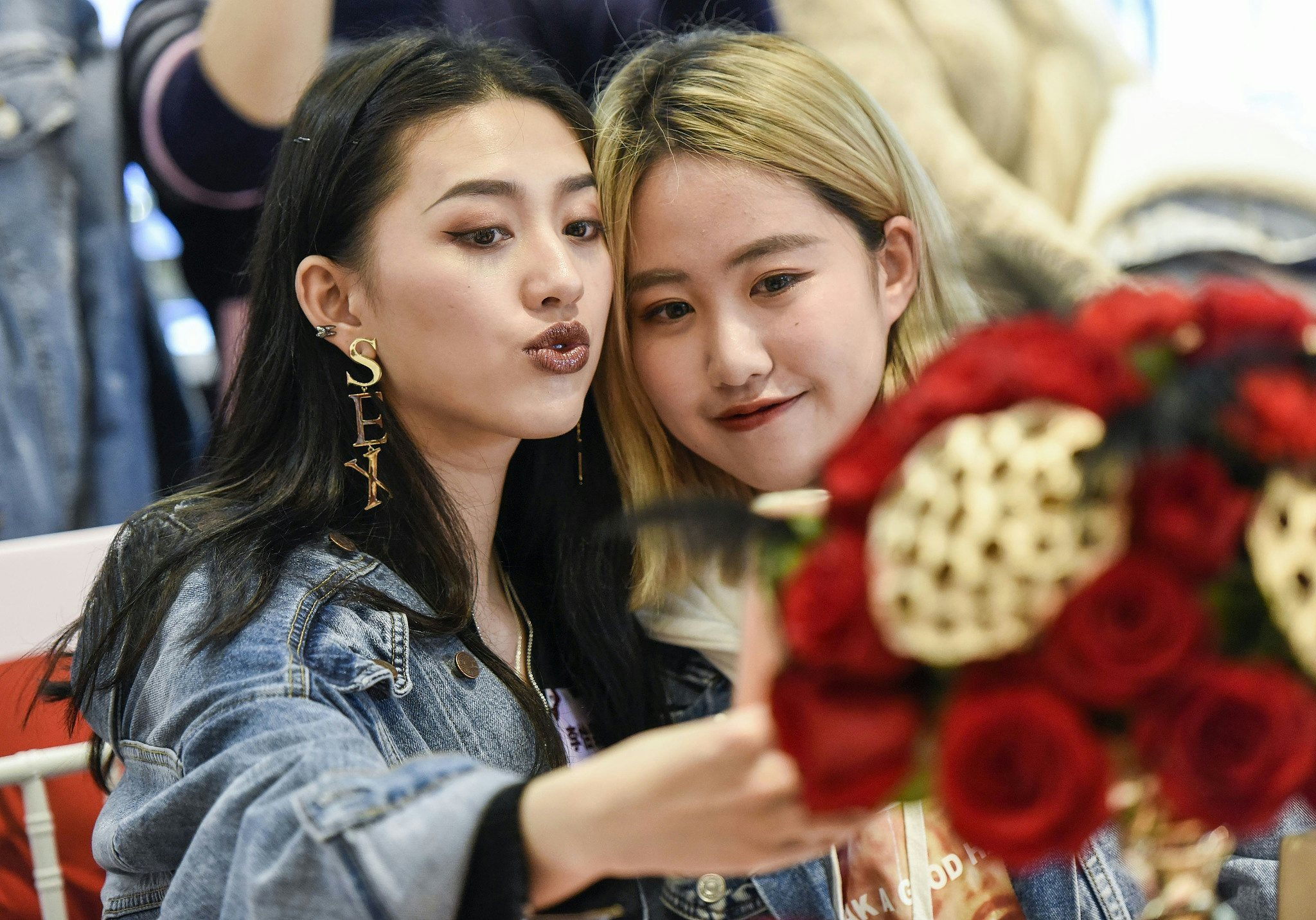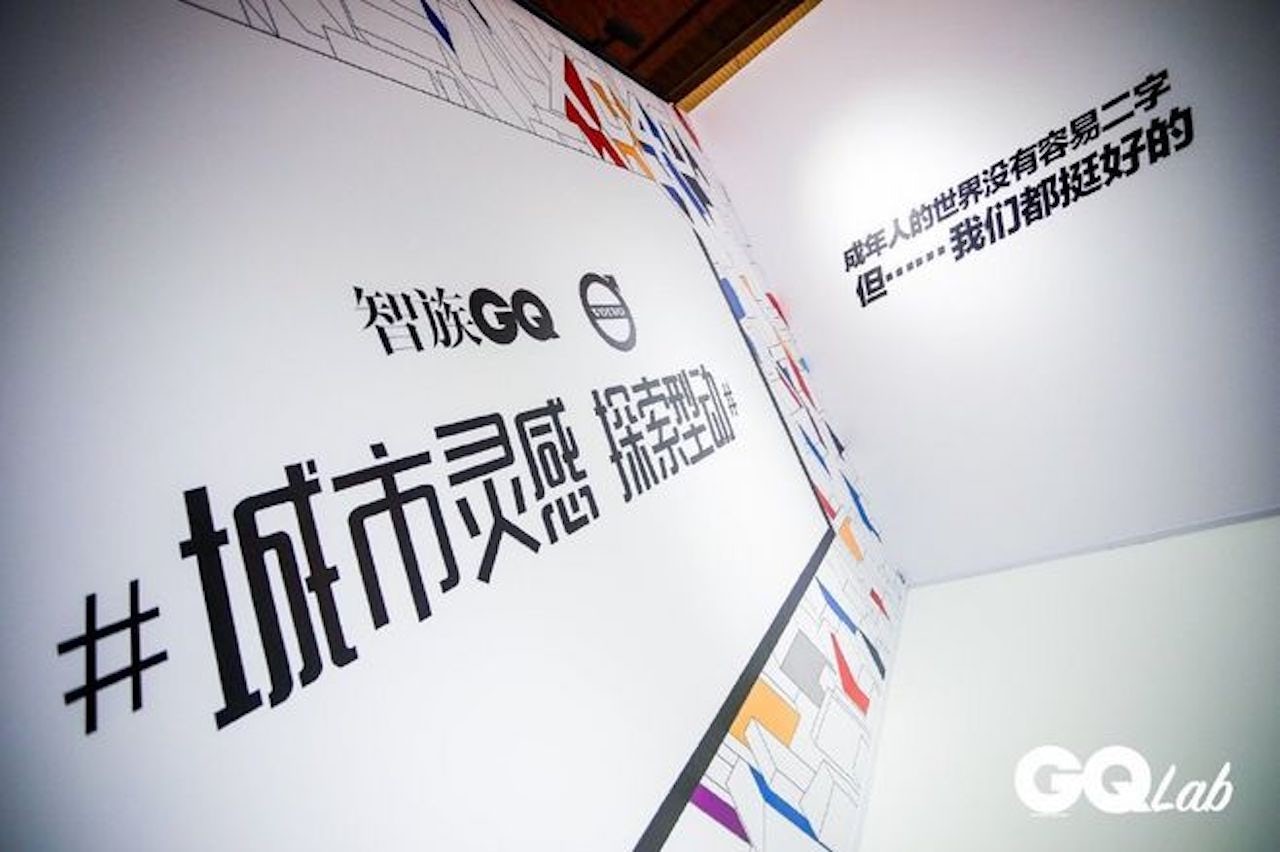In China, you can usually spot the country’s top influencers rubbing shoulders with brand executives at press events or sitting front row at fashion shows. Don’t underestimate them. They are powerful individuals that help brands connect with millions of consumers via WeChat.
Since the decline of print publications, many well-connected fashionistas have turned to social media platforms like WeChat to build personal editorial empires. Some are former fashion editors (gogoboi, Leaf Greener) while others are powerful consumers (Mr.Bags, Anny Fan), but regardless of how they got their start, the best of them have a finely-crafted fashion persona that resonates deeply with consumers, and therefore, advertisers.
The U.S. beauty company Estée Lauder has already put 75 percent of their overall marketing budget into digital channels in China, which includes social media and influencers. Working with those influencers may guarantee a certain amount of eyeballs on a company or product, but the agreement often comes with an expensive price tag. The popular WeChat account GQ Lab, for example, which is the sponsored content engine of GQ China, is reportedly the most expensive fashion WeChat media account, charging 4 million for one article at one point.
Many brands are starting to distribute more of their budgets toward WeChat influencer accounts, which is why brands want to get the most bang for the buck with these influencers. But to do that, they need to understand how to measure influence in their field. For instance, how do you know if ten thousand page views are good for your brand? And more importantly, how will those page views tangibly affect your goal of building greater brand awareness?
“Brands are now entering a confusing space when measuring the result as such,” observes Coolio Yang, CEO of Media Division, Kantar China. According to Yang, traditional media measured brand power via reach and frequency, but today, brands either look at social media reach or sales, neither of which runs through a marketing funnel. “Brands are now hungry for a new set of measurement approaches with scientific methodologies,” says Yang. He gives the example of a hotel client who worked with the horoscope-predicting media account Alex大叔 for a WeChat campaign. The client said that the results looked good based on the likes and reply numbers but wondered how much it would help his brand?
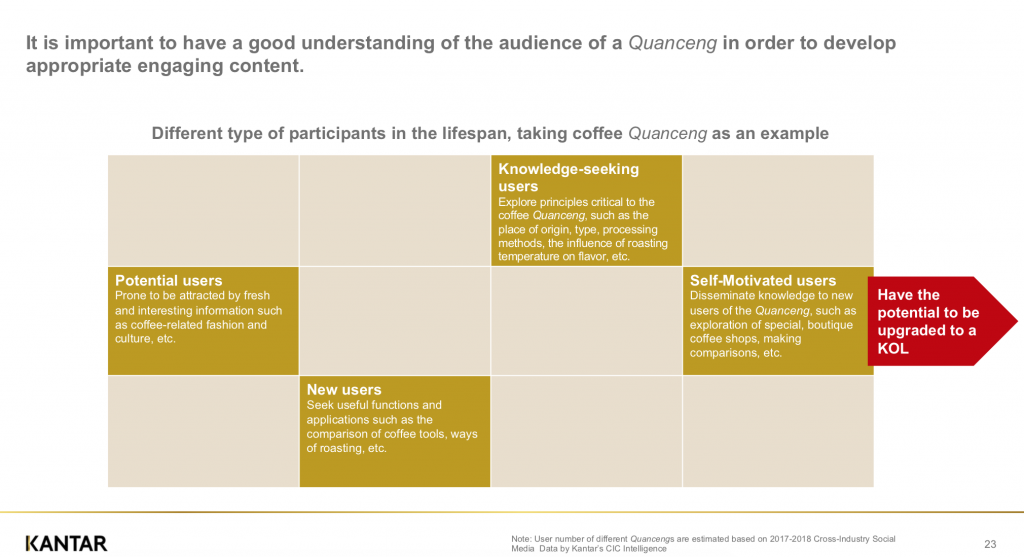
The answer essentially comes down to social tiers (otherwise known as Quanceng圈层): a methodology invented by Kantar to define reach and frequency. In research conducted by them on China Social Media Landscape 2019, the company suggested measuring a brand’s power by looking at how many different social tiers one media account can penetrate (the “reach”) and how often those social tiers within the hotel and horoscope’s accounts overlap (the “frequency”).
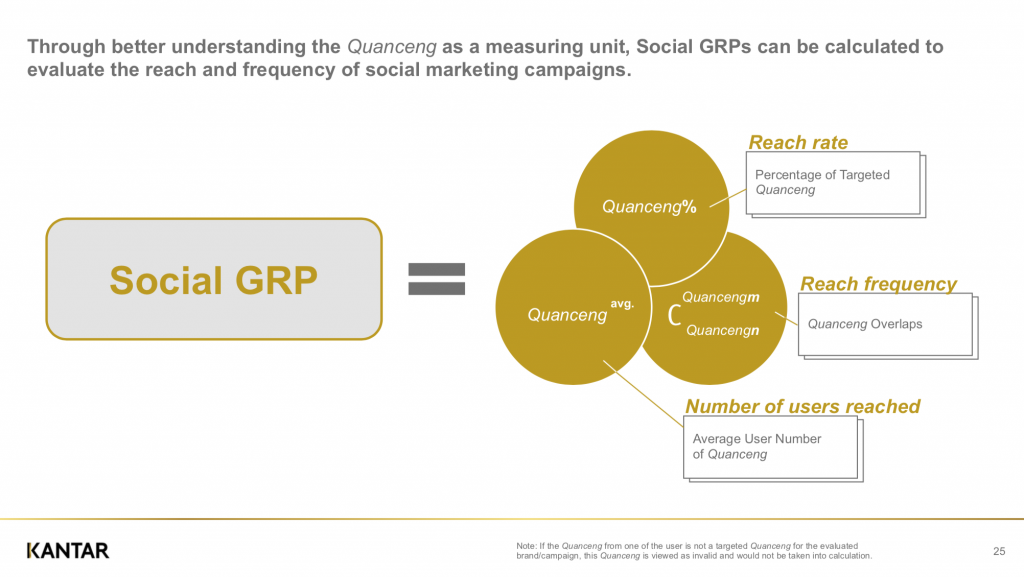
In this case, the horoscope’s social media has a wider range of readers, so the reach is big and has a higher chance of appealing to potential readers with an interest in hotels. Also, if a WeChat user follows the hotel and horoscope’s media accounts at the same time, they will be exposed to this ad twice a day. This is one area where brands can look at the frequency and reach and come up with numbers that can measure success and help set a benchmark (known as a Social Gross Rating Point, according to Kantar China). This methodology uses the logic of traditional media measurement to recalculate the ROI of influencer marketing.
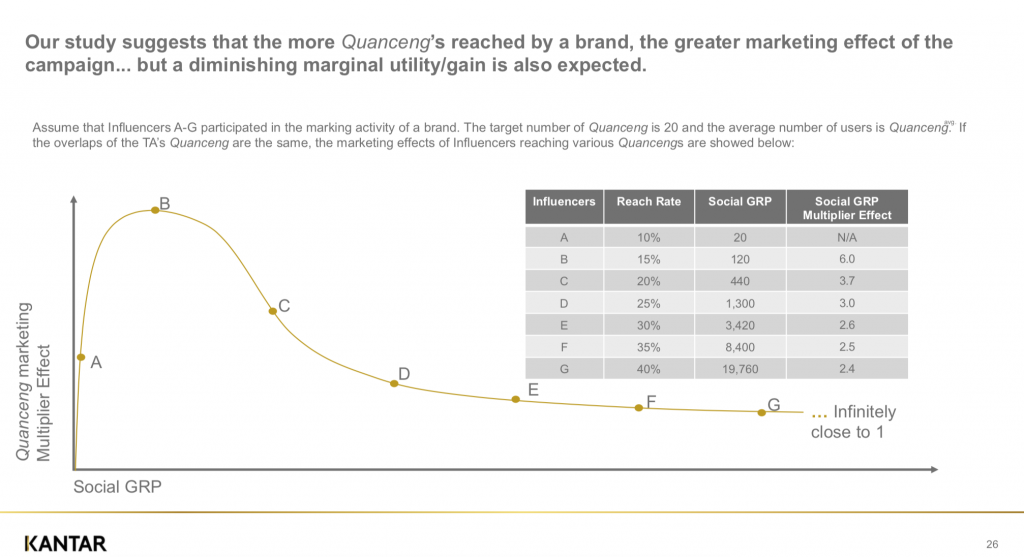
No matter the methodologies, the truth is that brands can no longer approach influencer marketing with a singular strategy because readers are not one-dimensional: They can be fitness fans, food enthusiasts, and much more. Brands need to work with many different interest-based influencers to penetrate new areas where their products can be discovered.
